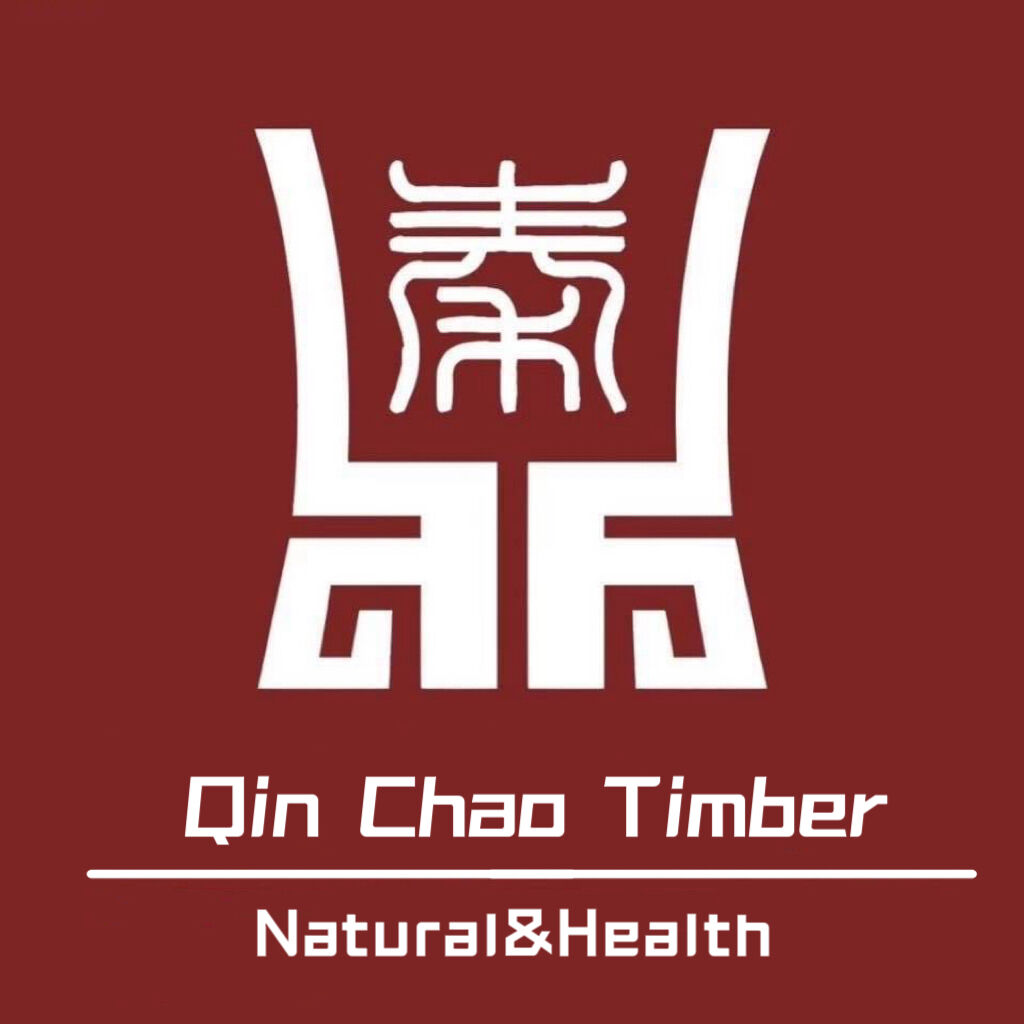When it comes to transforming outdoor areas into inviting, durable, and visually stunning spaces, the choice of siding material plays a pivotal role. Among the many options available, thermally modified wood siding stands out as a premium solution that seamlessly combines natural beauty, exceptional performance, and environmental responsibility. This innovative material has gained popularity worldwide for its ability to elevate the aesthetics of homes, gardens, and commercial buildings while offering long-lasting protection against the elements. Whether you’re renovating a rustic cabin or a modern urban residence, thermally modified wood siding provides a versatile and sustainable way to enhance both the functionality and charm of your outdoor spaces.
What is Thermally Modified Wood?
Thermally modified wood is created through a meticulous process that involves heating natural wood at high temperatures (typically between 180°C and 212°C) in a controlled, oxygen-free environment. This treatment alters the wood’s cellular structure, driving out moisture, sugars, and resins that are prone to decay, warping, and insect infestations. The result is a material that boasts enhanced dimensional stability, resistance to rot and fungi, and improved durability—all without the use of harmful chemicals. Unlike pressure-treated woods, which rely on chemical preservatives, thermally modified wood is entirely natural, making it a safe choice for eco-conscious homeowners and designers.
Unmatched Durability for Outdoor Applications
One of the primary reasons thermally modified wood siding is ideal for outdoor spaces is its exceptional durability. Traditional wood siding can succumb to warping, cracking, and fading when exposed to sunlight, rain, and extreme temperatures. Thermally modified wood, however, undergoes a transformation that significantly reduces its moisture absorption capacity, making it far less susceptible to swelling or shrinking with changes in humidity. This stability ensures that the siding maintains its shape and integrity over decades, even in harsh climates. Additionally, the high-temperature treatment eliminates the organic compounds that attract termites and other wood-boring insects, providing natural pest resistance without compromising the material’s beauty.
Aesthetic Versatility: From Rustic to Modern
Thermally modified wood siding offers a wide range of aesthetic possibilities, making it suitable for various architectural styles. The treatment process can enhance the wood’s natural grain patterns, creating a rich, textured appearance that adds warmth and character to any structure. For those drawn to a rustic or farmhouse look, species like thermally modified ash or Chinese oak can be left unfinished to showcase their natural tones and knots, developing a beautiful silver-gray patina over time as they weather. On the other hand, for modern designs, the wood can be stained in bold colors or painted to achieve a sleek, contemporary finish. Whether you prefer the earthy charm of a weathered exterior or the clean lines of a minimalist design, thermally modified wood can be customized to match your vision.
Environmental Benefits: A Sustainable Choice
In an era where sustainability is increasingly important, thermally modified wood siding stands out as an eco-friendly option. The process uses only heat and steam, eliminating the need for chemical additives that can harm the environment or leach into the soil. Moreover, the treatment extends the lifespan of the wood, reducing the frequency of replacements and minimizing waste. Many manufacturers source their wood from responsibly managed forests, ensuring that every plank of thermally modified siding is a renewable resource. By choosing this material, homeowners can enhance their outdoor spaces while contributing to a more sustainable and eco-conscious building industry.
Easy Maintenance and Long-Term Cost Savings
While thermally modified wood is highly durable, it still requires minimal maintenance to preserve its beauty and performance. Unlike untreated wood, which may need annual sealing or painting, thermally modified siding can be left untreated if desired, allowing it to age gracefully into a natural gray hue. For those who prefer a consistent color, a simple coat of UV-resistant stain or paint every few years is sufficient to protect the surface and maintain its appearance. This low-maintenance nature not only saves time and effort but also reduces long-term costs compared to other siding materials that demand frequent upkeep. Additionally, the material’s resistance to decay and pests means fewer repairs and replacements over the years, making it a cost-effective investment for any outdoor project.
Real-World Applications and Inspirations
The versatility of thermally modified wood siding is evident in its wide range of applications. For residential homes, it can be used to create a striking exterior facade, adding curb appeal and value to the property. In garden structures like pergolas, gazebos, or garden sheds, the wood brings a touch of natural elegance that complements greenery and outdoor landscaping. Commercial spaces, such as cafes, boutiques, and eco-lodges, often use thermally modified wood to create inviting exteriors that align with their brand’s commitment to sustainability. One inspiring example is the use of Shou Sugi Ban—a traditional Japanese technique of charring wood, similar in concept to thermal modification—to create a dramatic, blackened finish that is both modern and timeless. This technique not only enhances the wood’s durability but also adds a unique, artisanal touch to outdoor designs.
Choosing the Right Thermally Modified Wood Siding for Your Project
When selecting thermally modified wood siding, consider factors such as species, finish, and installation requirements. Popular species include ash, pine, and Chinese oak, each offering distinct grain patterns and color tones. Ash, for example, is known for its subtle grain and light-to-medium brown hues, while Chinese oak features a more pronounced grain and a richer, reddish-brown color. Additionally, decide whether you prefer a smooth or textured finish, as well as the thickness and profile of the siding boards. Working with a reputable manufacturer or supplier can help ensure you choose the right material for your climate and design goals, while also providing guidance on proper installation techniques to maximize performance.
Conclusion
Thermally modified wood siding is more than just a building material; it’s a statement of style, sustainability, and craftsmanship. By investing in this innovative solution, you can transform your outdoor spaces into havens of beauty and durability that stand the test of time. Whether you’re aiming for a cozy, rustic vibe or a sleek, modern aesthetic, thermally modified wood offers the flexibility and performance needed to bring your vision to life. With its natural charm, eco-friendly credentials, and low-maintenance design, it’s no wonder this material is becoming the go-to choice for homeowners and designers alike. Elevate your outdoor spaces today with the timeless elegance and exceptional quality of thermally modified wood siding.


 Products
Products